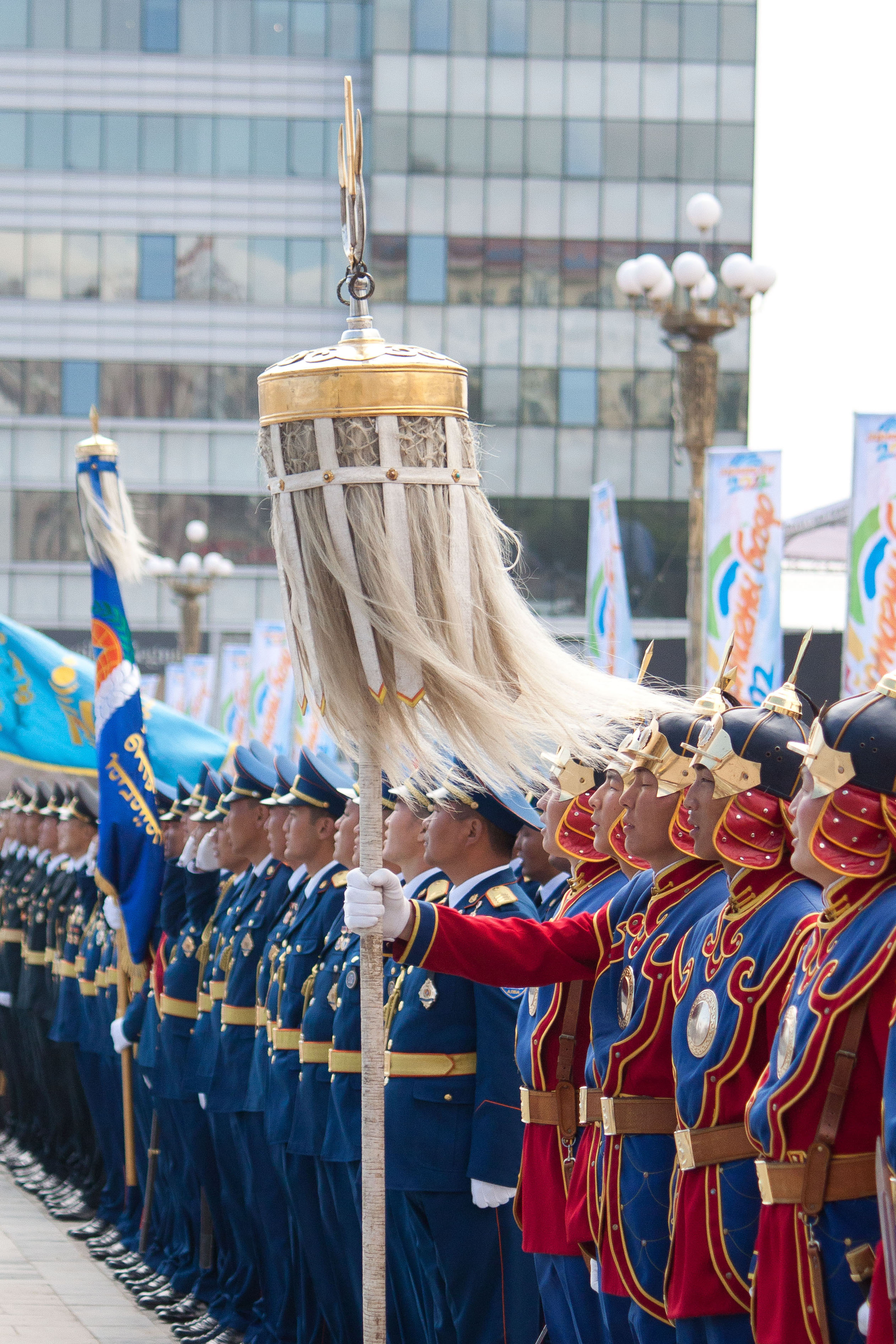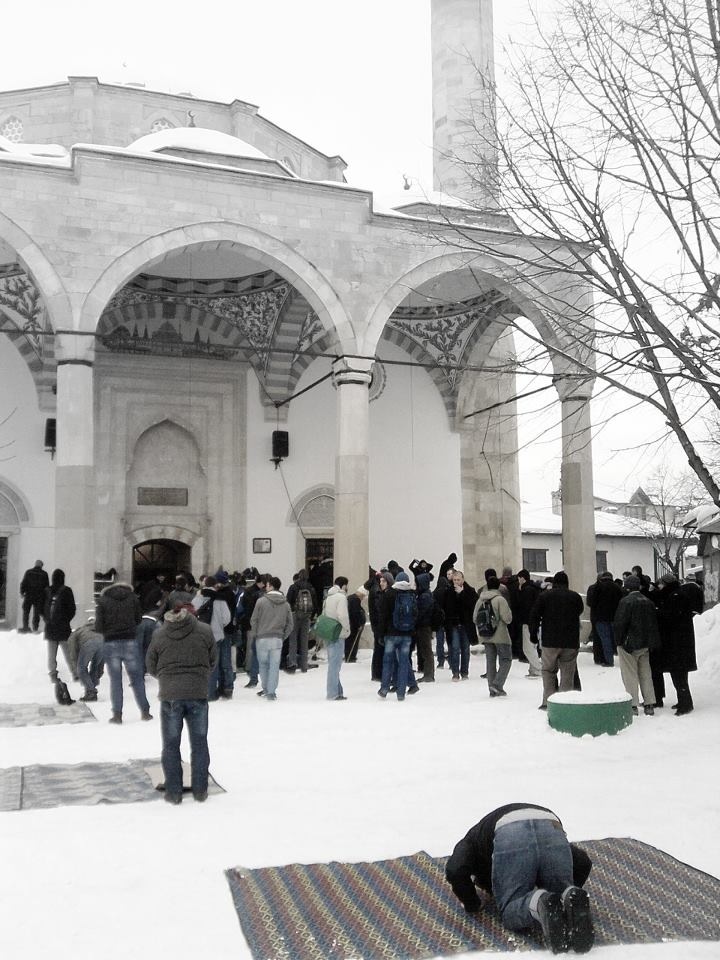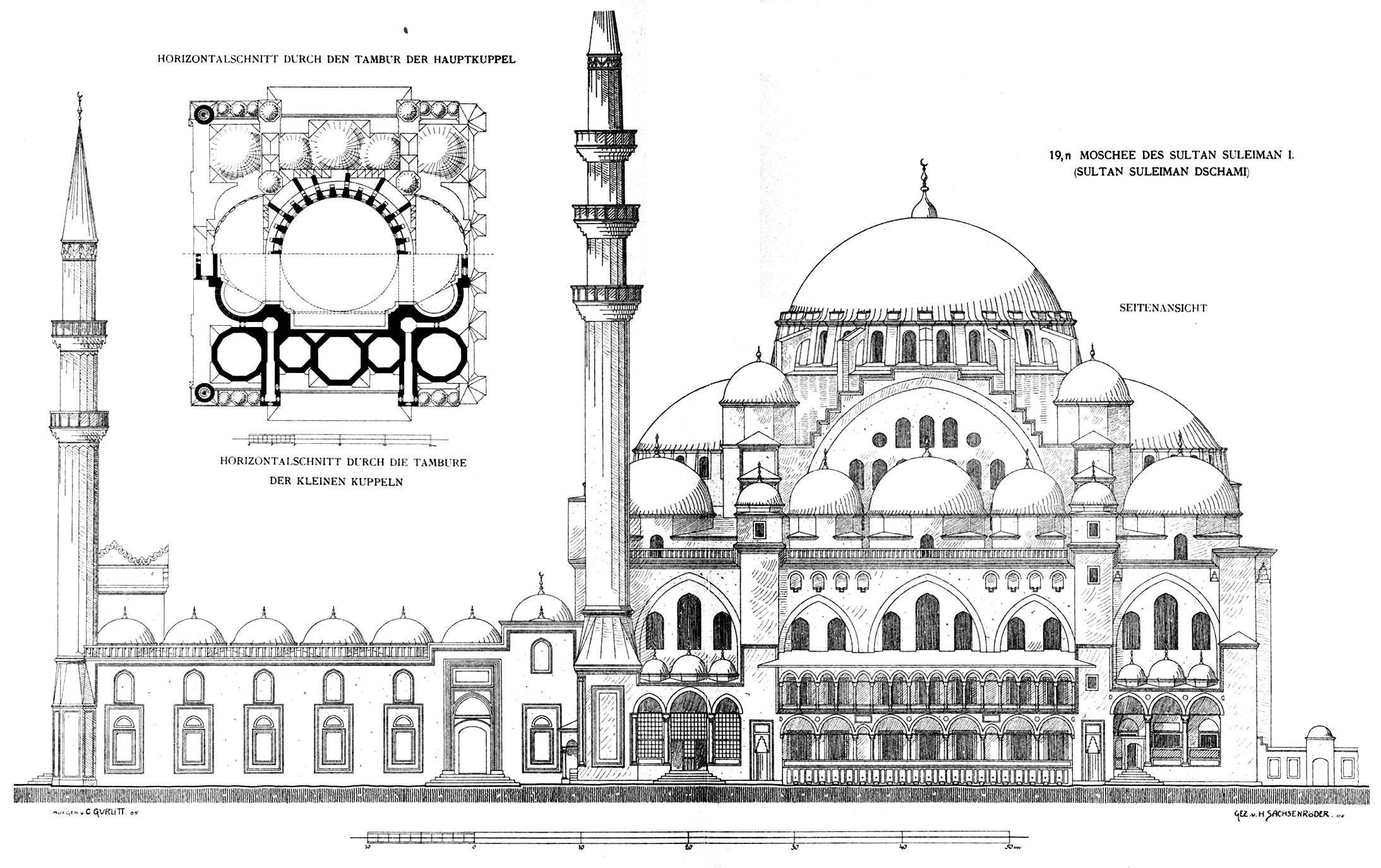|
Agha Of The Janissaries
The Agha of the Janissaries or Janissary Agha () was a top Ottoman military official and courtier, and the commander of the Janissary corps. Apart from the commander-general of the entire corps, the title of "Agha of the Janissaries" was also borne by the commander of a provincial garrison of Janissaries. Appointment and duties The Agha was chosen by the Ottoman Sultan, but was not necessarily himself a Janissary. To secure the often uncertain loyalty of the corps, Bayezid II () stopped the practice of appointing the ''sekban-bashi'' (the commander of the ''sekban'' regiments) to the post, and instead nominated a member of his own household to the post. At the same time, Bayezid founded the ''Ağa Bölükleri'' ("Agha's Troops") regiments, initially as the Agha's personal retinue and a means of controlling the corps; eventually these became regular Janissary units, and by the end of the 16th century there were 61 ''Ağa Bölükleri'' regiments. During the ''Devshirme'' system, ... [...More Info...] [...Related Items...] OR: [Wikipedia] [Google] [Baidu] |
Ottoman Empire
The Ottoman Empire, * ; is an archaic version. The definite article forms and were synonymous * and el, Оθωμανική Αυτοκρατορία, Othōmanikē Avtokratoria, label=none * info page on book at Martin Luther University) // CITED: p. 36 (PDF p. 38/338) also known as the Turkish Empire, was an empire that controlled much of Southeast Europe, Western Asia, and Northern Africa between the 14th and early 20th centuries. It was founded at the end of the 13th century in northwestern Anatolia in the town of Söğüt (modern-day Bilecik Province) by the Turkoman tribal leader Osman I. After 1354, the Ottomans crossed into Europe and, with the conquest of the Balkans, the Ottoman beylik was transformed into a transcontinental empire. The Ottomans ended the Byzantine Empire with the conquest of Constantinople in 1453 by Mehmed the Conqueror. Under the reign of Suleiman the Magnificent, the Ottoman Empire marked the peak of its power and prosperity, as well a ... [...More Info...] [...Related Items...] OR: [Wikipedia] [Google] [Baidu] |
Golden Horn
The Golden Horn ( tr, Altın Boynuz or ''Haliç''; grc, Χρυσόκερας, ''Chrysókeras''; la, Sinus Ceratinus) is a major urban waterway and the primary inlet of the Bosphorus in Istanbul, Turkey. As a natural estuary that connects with the Bosphorus Strait at the point where the strait meets the Sea of Marmara, the waters of the Golden Horn help define the northern boundary of the peninsula constituting "Old Istanbul" (ancient Byzantium and Constantinople), the tip of which is the promontory of Sarayburnu, or Seraglio Point. This estuarial inlet geographically separates the historic center of Istanbul from the rest of the city, and forms a horn-shaped, sheltered harbor that in the course of history has protected Greek, Roman, Byzantine, Ottoman and other maritime trade ships for thousandsBBC: "Istanbul's ... [...More Info...] [...Related Items...] OR: [Wikipedia] [Google] [Baidu] |
Janissaries
A Janissary ( ota, یڭیچری, yeŋiçeri, , ) was a member of the elite infantry units that formed the Ottoman Sultan's household troops and the first modern standing army in Europe. The corps was most likely established under sultan Orhan (1324–1362), during the Grand vizier, Viziership of Alaeddin Pasha (vizier), Alaeddin. Janissaries began as elite corps made up through the devşirme system of Ghilman, child levy, by which Christians, Christian Albania under the Ottoman Empire, Albanians, Romanians, Armenians in the Ottoman Empire, Armenians, Ottoman Bulgaria, Bulgarians, Croats, Ottoman Greeks, Greeks and Ottoman Serbs, Serbs were taken, levied, subjected to Forced circumcision, circumcision and Forced conversion#Islam, conversion to Islam, and incorporated into the Ottoman army. They became famed for internal cohesion cemented by strict discipline and order. Unlike typical slaves, they were paid regular salaries. Forbidden to marry before the age of 40 or engage in tra ... [...More Info...] [...Related Items...] OR: [Wikipedia] [Google] [Baidu] |
List Of Aghas Of The Janissaries
This is a list of the Aghas of the Janissaries, the commanders of the Janissary corps from the early 16th century to the early 19th century. {, class="wikitable" !Name !Tenureas Agha !Fate !Refs , - , Yakub Agha , , 1515 , , unknown , , , - , Ferhad Agha , , 1515–1517 , , Promoted to ''beylerbey'' (governor-general) of Rumelia and vizier , , , - , Ayas Mehmed Agha , , 1517–1519(?) , , Promoted to ''beylerbey'' of Rumelia, eventually served as grand vizier (1536–1539) , , , - , Kemal or Kemaleddin Agha , , 1519 , , Died in office , , , - , Behrem Agha , , 1519–1520 , , Promoted to ''beylerbey'' of Rumelia , , , - , Bali Agha , , 1521–1523 , , Executed , , , - , Mustafa Agha , , 1523(?)–1525 , , Executed , , , - , Şücaadin Agha , , 1525–1526 , , Died in office , , , - , Ismail Agha , , 1526(?) , , Promoted to ''beylerbey'' , , , - , Mehmed Agha , , 1526(?)–1531 , , Promoted to ''beylerbey'' of Rumelia , , , - , Güzelce Rüs ... [...More Info...] [...Related Items...] OR: [Wikipedia] [Google] [Baidu] |
Tugh
A ''tug'' ( , tr, tuğ, ota, طوغ or , otk, 𐱃𐰆𐰍, tuğ) or sulde ( mn, сүлд, script=Cyrl), () is a pole with circularly arranged horse or yak tail hairs of varying colors arranged at the top. It was historically flown by Turkic tribes such as Tuğluğ Confederation and also during the period of the Mongol Empire, and later used in derived Turco-Mongol khanates. It was also used by the Ottoman Empire, a state which was founded by Turkic Oghuz tribes. In the 17th century, it was also adopted by Slavic cavalry (cossacks, haidamaka), under the name ''bunchuk'' ( uk, Бунчук, pl, Buńczuk) which is the reflection of the original Turkic word ''boncuk''. It is still used by some units of the Polish military. History Early history The Turkic word ''tu:ğ'', for traditional Turkic standards made from horse-tails or bunches of horse-hair, was borrowed from Middle Chinese *''dok'' 纛 "banner, standard" (whence also standard Chinese ''dú''). Chinese obse ... [...More Info...] [...Related Items...] OR: [Wikipedia] [Google] [Baidu] |
Friday Prayer
In Islam, Friday prayer or Congregational prayer ( ar, صَلَاة ٱلْجُمُعَة, ') is a prayer ('' ṣalāt'') that Muslims hold every Friday, after noon instead of the Zuhr prayer. Muslims ordinarily pray five times each day according to the sun's sky path regardless of time zones. ''Jumu’ah'' means Friday in the Arabic language. In many Muslim countries, the weekend is inclusive of Fridays, while in others, Fridays are half-days for schools and some workplaces. Meaning It is one of the most exalted Islamic rituals and one of its confirmed obligatory acts. Obligation There is consensus among Muslims regarding the Friday prayer (''salat al-jum‘ah'') being ''wajib'' - required - in accordance with the Quranic verse, as well as the many traditions narrated both by Shi’i and Sunni sources. According to the majority of Sunni schools and some Shiite jurists, Friday prayer is a religious obligation, but their differences were based on whether its obligation is condit ... [...More Info...] [...Related Items...] OR: [Wikipedia] [Google] [Baidu] |
Istanbul
Istanbul ( , ; tr, İstanbul ), formerly known as Constantinople ( grc-gre, Κωνσταντινούπολις; la, Constantinopolis), is the List of largest cities and towns in Turkey, largest city in Turkey, serving as the country's economic, cultural and historic hub. The city straddles the Bosporus strait, lying in both Europe and Asia, and has a population of over 15 million residents, comprising 19% of the population of Turkey. Istanbul is the list of European cities by population within city limits, most populous European city, and the world's List of largest cities, 15th-largest city. The city was founded as Byzantium ( grc-gre, Βυζάντιον, ) in the 7th century BCE by Ancient Greece, Greek settlers from Megara. In 330 CE, the Roman emperor Constantine the Great made it his imperial capital, renaming it first as New Rome ( grc-gre, Νέα Ῥώμη, ; la, Nova Roma) and then as Constantinople () after himself. The city grew in size and influence, eventually becom ... [...More Info...] [...Related Items...] OR: [Wikipedia] [Google] [Baidu] |
Grand Vizier
Grand vizier ( fa, وزيرِ اعظم, vazîr-i aʾzam; ota, صدر اعظم, sadr-ı aʾzam; tr, sadrazam) was the title of the effective head of government of many sovereign states in the Islamic world. The office of Grand Vizier was first held by officials in the later Abbasid Caliphate. It was then held in the Ottoman Empire, the Mughal Empire, the Sokoto Caliphate the Safavid Empire and Morocco. In the Ottoman Empire, the Grand Vizier held the imperial seal and could convene all other viziers to attend to affairs of the state; the viziers in conference were called "''Kubbealtı'' viziers" in reference to their meeting place, the ''Kubbealtı'' ('under the dome') in Topkapı Palace. His offices were located at the Sublime Porte. Today, the Prime Minister of Pakistan is referred to in Urdu as ''Wazir-e-azam'', which translates literally to Grand Vizier. Initially, the Grand Viziers were exclusively of Turk origin in the Ottoman Empire. However, after there were troubles b ... [...More Info...] [...Related Items...] OR: [Wikipedia] [Google] [Baidu] |
Süleymaniye Mosque
The Süleymaniye Mosque ( tr, Süleymaniye Camii, ) is an Ottoman imperial mosque located on the Third Hill of Istanbul, Turkey. The mosque was commissioned by Suleiman the Magnificent and designed by the imperial architect Mimar Sinan. An inscription specifies the foundation date as 1550 and the inauguration date as 1557. Behind the ''qibla'' wall of the mosque is an enclosure containing the separate octagonal mausoleums of Suleiman the Magnificent and his wife Hurrem Sultan (Roxelana). For 462 years, the Süleymaniye Mosque was the largest mosque in the city, until it was surpassed by the Çamlıca Mosque in 2019. The Süleymaniye Mosque is one of the best-known sights of Istanbul, and from its location on the Third Hill, it commands an extensive view of the city around the Golden Horn. History Sultan Suleyman the Magnificent chose the architect Mimar Sinan to create a mosque in memory of his son Şehzade (Crown Prince) Mehmed. Suleyman was so impressed with the ensuing Şeh ... [...More Info...] [...Related Items...] OR: [Wikipedia] [Google] [Baidu] |
Janissary
A Janissary ( ota, یڭیچری, yeŋiçeri, , ) was a member of the elite infantry units that formed the Ottoman Sultan's household troops and the first modern standing army in Europe. The corps was most likely established under sultan Orhan (1324–1362), during the Viziership of Alaeddin. Janissaries began as elite corps made up through the devşirme system of child levy, by which Christian Albanians, Romanians, Armenians, Bulgarians, Croats, Greeks and Serbs were taken, levied, subjected to circumcision and conversion to Islam, and incorporated into the Ottoman army. They became famed for internal cohesion cemented by strict discipline and order. Unlike typical slaves, they were paid regular salaries. Forbidden to marry before the age of 40 or engage in trade, their complete loyalty to the Sultan was expected. By the seventeenth century, due to a dramatic increase in the size of the Ottoman standing army, the corps' initially strict recruitment policy was relaxed. Civili ... [...More Info...] [...Related Items...] OR: [Wikipedia] [Google] [Baidu] |
çorbacı
Chorbaji (sometimes variously transliterated as tchorbadji, chorbadzhi, tschorbadji) (Turkish: çorbacı) (English: Soup Seller) was a military rank of the corps of Janissaries in the Ottoman Empire, used for the commander of an ''orta'' (regiment), i.e., approximately corresponding to the rank of colonel. The word is pronounced in Turkish and literally means "person in charge of '' çorba'' (soup)". In several predominantly Christian areas of the Ottoman Empire, such as the current North Macedonia, Serbia and Bulgaria, as well as many parts of Eastern Anatolia, the term chorbaji ( Macedonian and Serbian: чорбаџија, ''čorbadžija''; Bulgarian: чорбаджия, ''chorbadzhiya'' Western Armenian: չորպաճի "ch'orbaji") was also as used as a title for (Christian) members of the rural elite, heads of villages and other rural communities and rich peasants. The Ottomans employed them in various administrative positions, such as that of tax collector and in courts of ... [...More Info...] [...Related Items...] OR: [Wikipedia] [Google] [Baidu] |
Devshirme
Devshirme ( ota, دوشیرمه, devşirme, collecting, usually translated as "child levy"; hy, Մանկահավաք, Mankahavak′. or "blood tax"; hbs-Latn-Cyrl, Danak u krvi, Данак у крви, mk, Данок во крв, Danok vo krv, bg, Кръвен данък, Kraven Danak.) was the Ottoman practice of forcibly recruiting soldiers and bureaucrats from among the children of their Balkan Christian subjects. Those coming from the Balkans came primarily from noble Balkan families and rayah classes. It is first mentioned in written records in 1438, but probably started earlier. It created a faction of soldiers and officials loyal to the Sultan. It counterbalanced the Turkish nobility, who sometimes opposed the Sultan. The system produced a considerable number of grand viziers from the 1400s to the 1600s. This was the second most powerful position in the Ottoman Empire, after the sultan. Initially, the grand viziers were exclusively of Turk origin, but after there wer ... [...More Info...] [...Related Items...] OR: [Wikipedia] [Google] [Baidu] |








